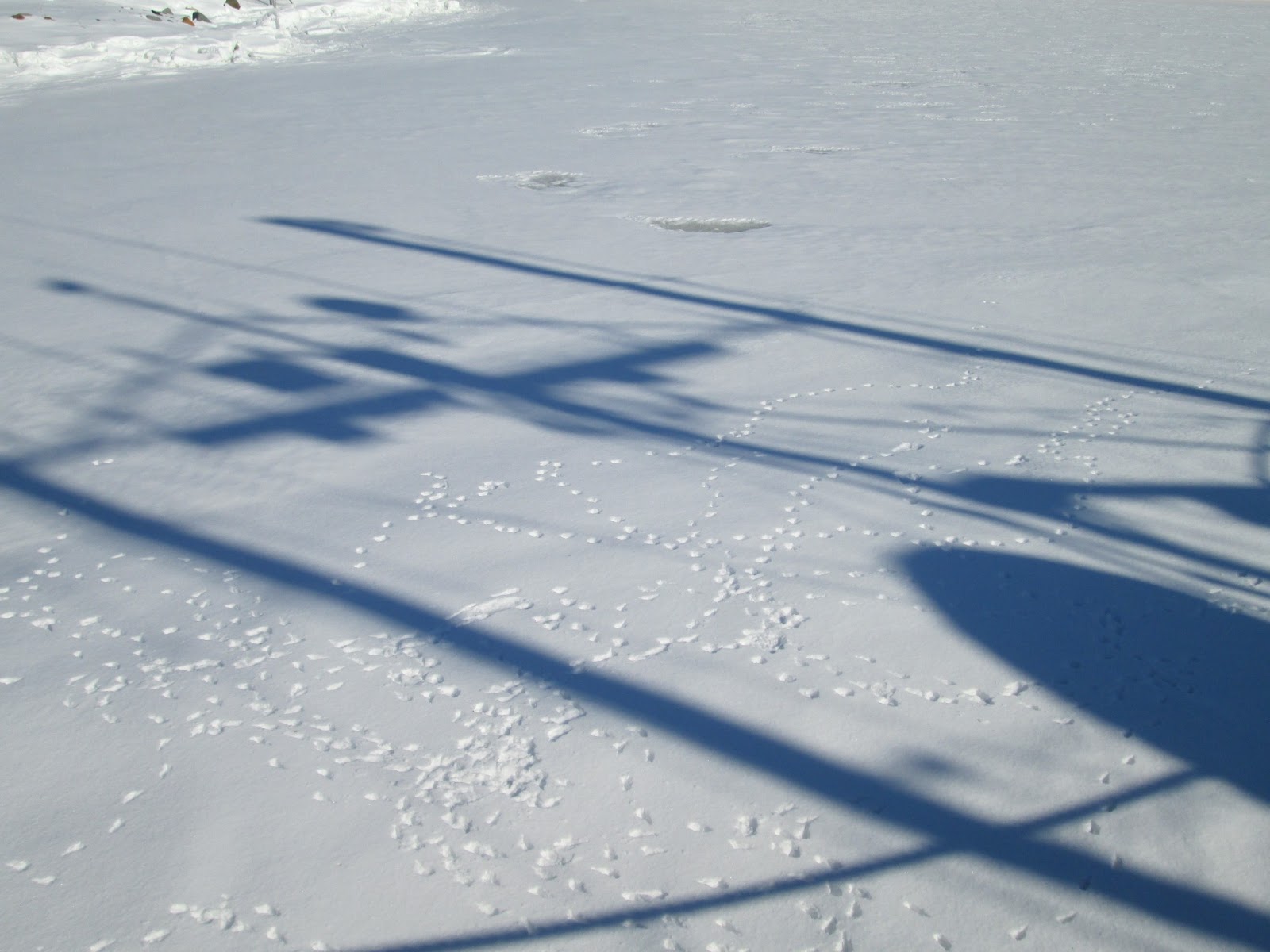St Patrick's day, I was invited to go for a Sunday drive up to Twilingate - the iceberg capital of Newfoundland. Here is a map of the 240 km drive and all the coves we stopped to visit.
Point A= Lewisporte
Point B = Micheal's Harbour (Cute coastal community with high islands enclosing the harbour giving it an intimate feel.)
Point C= Boyd's Cove (Beothuk Interpretation Centre--> The Beothuk people are an extinct aboriginal group. The last of that ethnic group died in 1829.)
Point D= Summerford
Point E= Cottlesville
Point F= Herring's Neck
Point G= Durrel, Township of Twilingate (Winery)
Point H= Crow Head, Township of Twilingate (10 miles of coastal hiking trail!)
Point I= Indian Cove
Point J= Lewisporte
Agrandir le plan
If I get the chance, I want to bike back to explore all the hiking trails along the way.
A crab pot. That's some big crab.
Cottlesville.
Note the houses dotting the perimeter of the cove.
Herring's Neck
Whore's egg, or sea urchin according to the more scientific sounding term.
Durrel
Buddy and Patches - dog cemetary
Pans of ice.
Kids use to jump from one pan to another for fun.
If you look really carefully, you'll see a tiny iceberg.
The Newfies don't consider the small ones icebergs; they call the small ones growler.
 |
| Cow Head, Twilingate |
Frozen waterfall at Indian Cove






























.JPG)



















